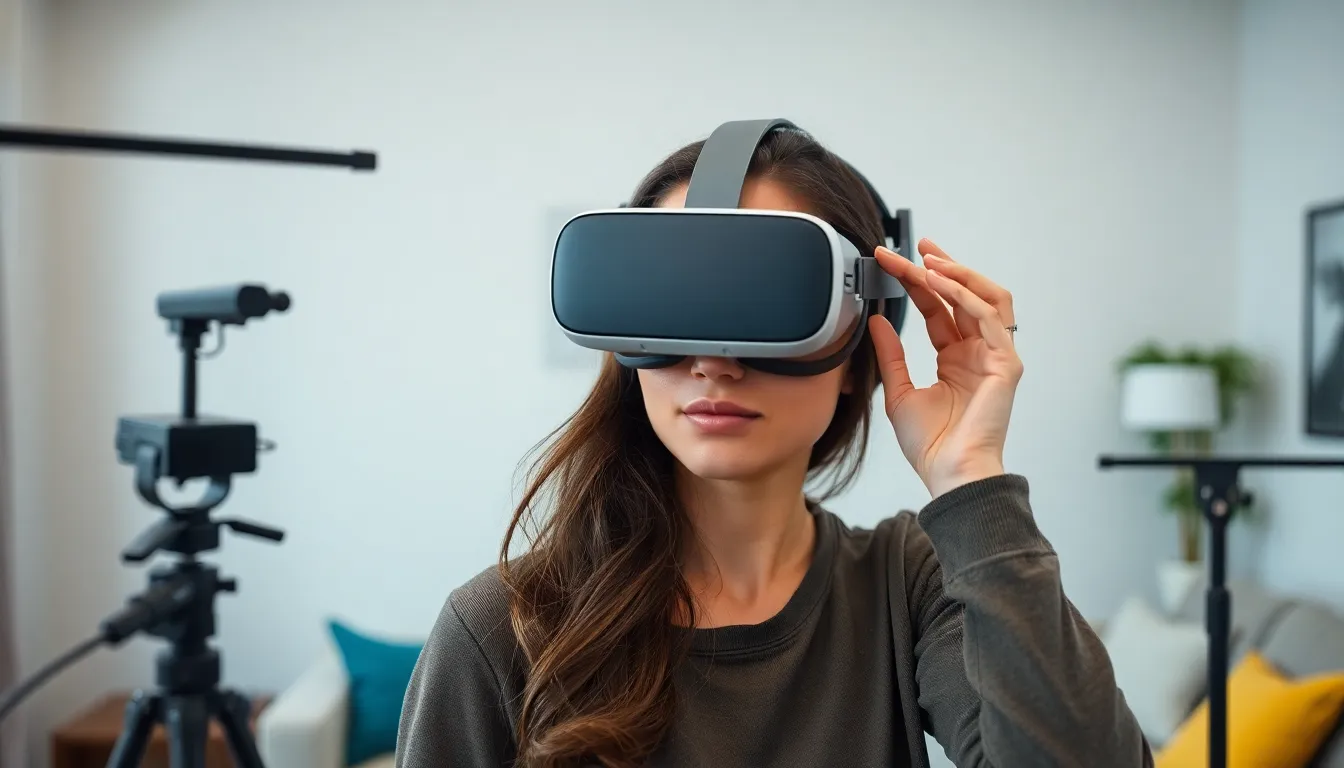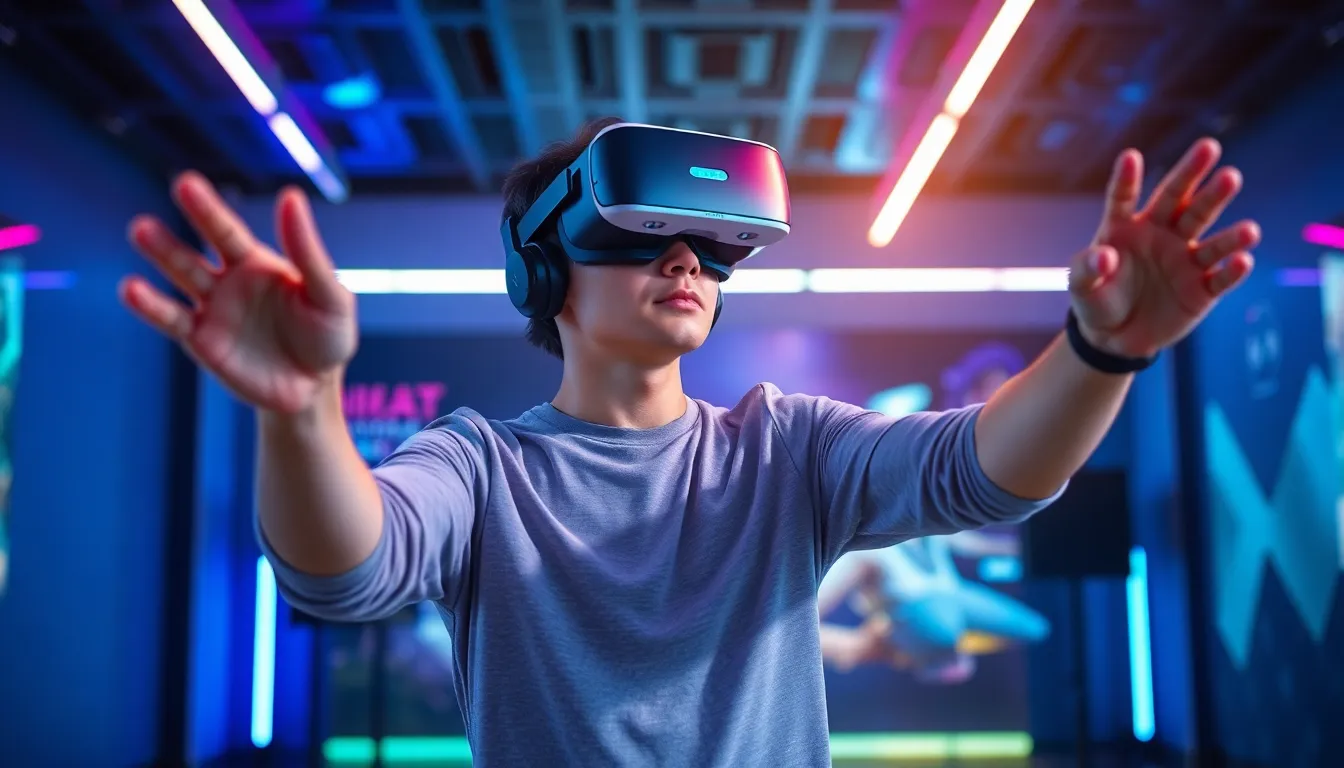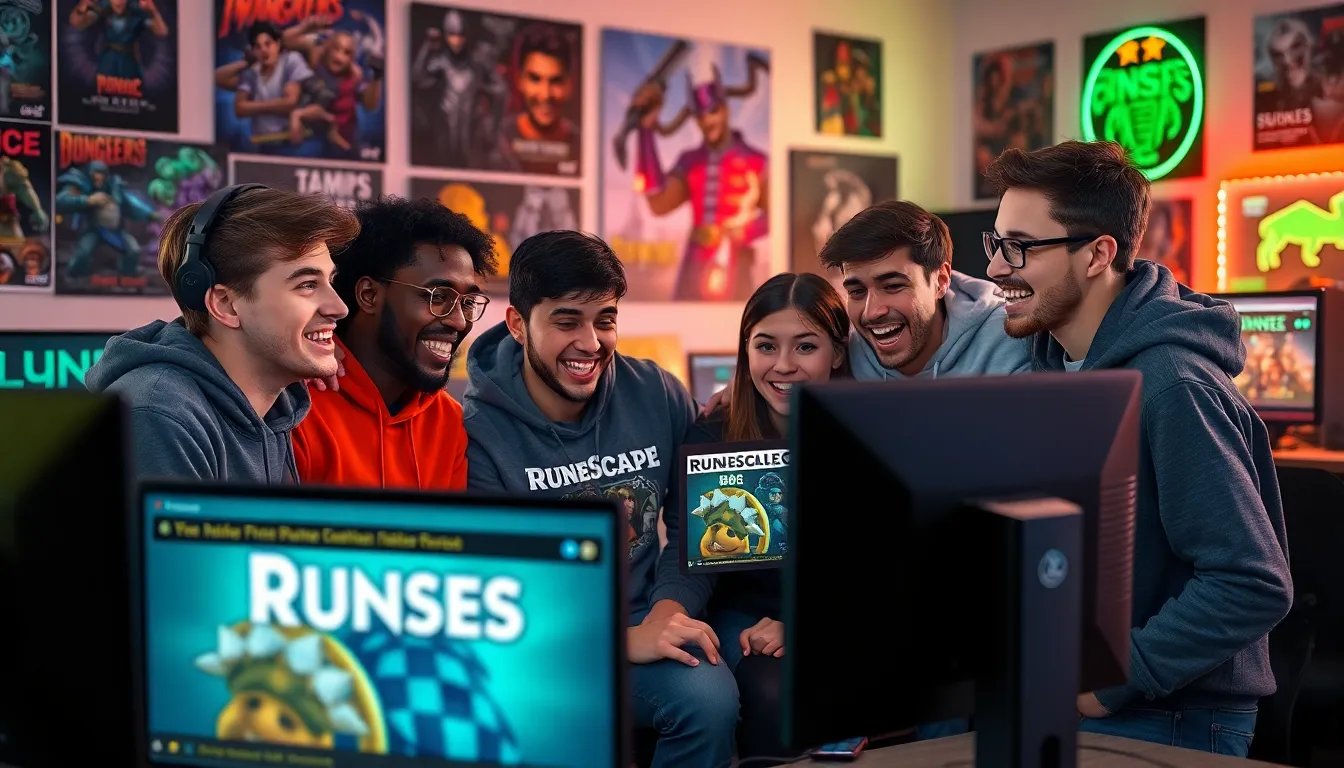Virtual reality is an exhilarating escape into worlds beyond imagination, but what happens when that immersive experience feels more like a wobbly carnival ride? Enter VR system calibration, the unsung hero of seamless adventures. Without proper calibration, users might find themselves dodging virtual walls that aren’t really there or reaching for objects that seem to have a mind of their own.
Table of Contents
ToggleOverview of VR System Calibration
Calibrating a VR system significantly enhances user experience, allowing seamless interaction within virtual environments. Effective calibration eliminates disorientation, ensuring users engage fully with their surroundings.
Importance of Calibration
Calibration plays a crucial role in optimizing the virtual reality experience. It ensures that the virtual elements align correctly with the physical space, reducing the likelihood of confusion. Users experience increased immersion, which leads to greater enjoyment. Properly calibrated systems prevent frustration stemming from misalignment with virtual objects. Accurate calibration also enhances performance across various software applications, enabling precise interactions. Users notice that their movements sync smoothly with the virtual environment when calibration is done right.
Common Calibration Techniques
Several techniques exist for calibrating VR systems effectively. Manual calibration allows users to adjust settings based on personal preferences, fine-tuning the experience. Automatic calibration utilizes built-in sensors and software to determine the optimal setup, simplifying the process for users. Room-scale calibration establishes the boundaries within which users can move freely, ensuring their safety and comfort. Calibration tools often include laser guides or reference markers, helping users achieve accurate measurements. Routine recalibration remains important because changes in the physical environment can impact functionality.
Steps for Effective VR System Calibration

Effective calibration significantly enhances the VR experience. Proper calibration ensures a seamless interaction between the virtual and physical environments.
Hardware Setup
Hardware setup begins with positioning the VR headset correctly. Users must ensure the headset fits snugly on their heads. Sensors or cameras should have unobstructed views of the play area. Each sensor’s placement impacts tracking accuracy. Clear, designated areas for movement optimize performance. Cables and connections require secure attachment to the PC or console. Regular checks on hardware conditions prevent complications during use.
Software Configuration
Software configuration involves adjusting settings for optimal performance. Users should launch the calibration tool provided by the VR platform. Each adjustment ideally matches personal preferences for field of view and motion sensitivity. Frame rate settings must remain consistent to prevent lag. Updating software regularly can enhance features and fix bugs. Calibration adjustments should reflect the user’s physical space dimensions. Testing various scenarios within the software fine-tunes interactions effectively.
Challenges in VR System Calibration
VR system calibration presents several challenges that can impact the user experience. Environmental factors and user variability often complicate the calibration process.
Environmental Factors
Physical surroundings play a crucial role in VR system performance. Lighting conditions, for example, can influence the functionality of sensors. Excessive sunlight may interfere with tracking accuracy, while insufficient light can affect visual clarity. Additionally, furniture placement can obstruct sensor lines of sight, leading to misalignment. Regular assessment of the environment contributes to effective calibration. Adjusting elements in the space ensures that the system accurately reflects user movements.
User Variability
Each user interacts differently with VR systems, creating unique calibration challenges. Physical attributes, such as height and arm length, affect how users engage with virtual content. Individual preferences for motion sensitivity and field of view also vary significantly. Those factors require tailored calibration adjustments for optimal experiences. Beyond physical differences, users’ familiarity with VR technology can lead to different perceived challenges, impacting interaction effectiveness. Continuous feedback from users provides valuable insights for refining calibration processes.
Best Practices for VR System Calibration
Effective calibration is vital for an immersive virtual reality experience. Following best practices ensures optimal performance and user satisfaction.
Regular Maintenance
Regular maintenance enhances VR system performance and ensures stability. Users must check the headset and sensors for dust and obstructions. Performing regular hardware checks prevents tracking issues caused by environmental changes. Software updates also play a crucial role; keeping the system updated addresses bugs and improves features. Users should recalibrate every month or after significant changes in the environment. Checking cable connections and ensuring proper seating of the headset are necessary for maintaining performance.
Utilizing Calibration Tools
Utilizing calibration tools significantly improves the accuracy of VR setups. Built-in calibration tools come with most VR systems, streamlining the process. Users must follow prompts for optimal measurements and adjustments. Third-party calibration software offers more features, providing tailored settings for individual preferences. Testing involving various scenarios enhances interaction precision within virtual environments. Utilizing these tools also facilitates more accurate positioning of virtual objects, creating a seamless experience. Regular use of calibration tools strengthens system reliability and user confidence in interactions.
Proper VR system calibration is vital for achieving an immersive and enjoyable virtual reality experience. By ensuring that virtual elements align with the physical space users can interact seamlessly without frustration. Regular maintenance and recalibration not only enhance performance but also adapt to changes in the environment and individual user needs.
Utilizing built-in calibration tools and third-party software can streamline the process and improve accuracy. By prioritizing calibration and following best practices users can significantly elevate their VR experience. Embracing these techniques fosters a more engaging and satisfying journey into virtual worlds, allowing for greater exploration and creativity.








